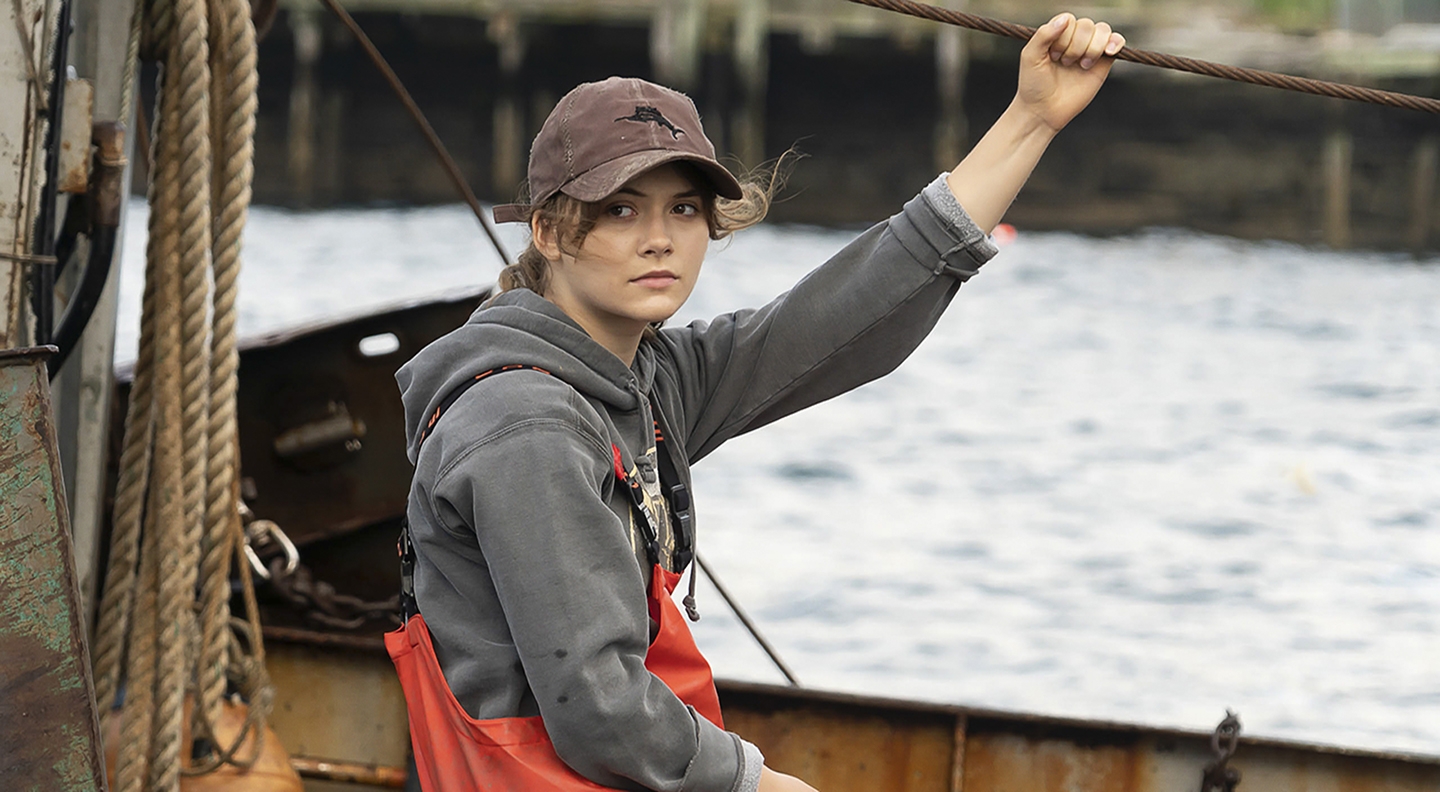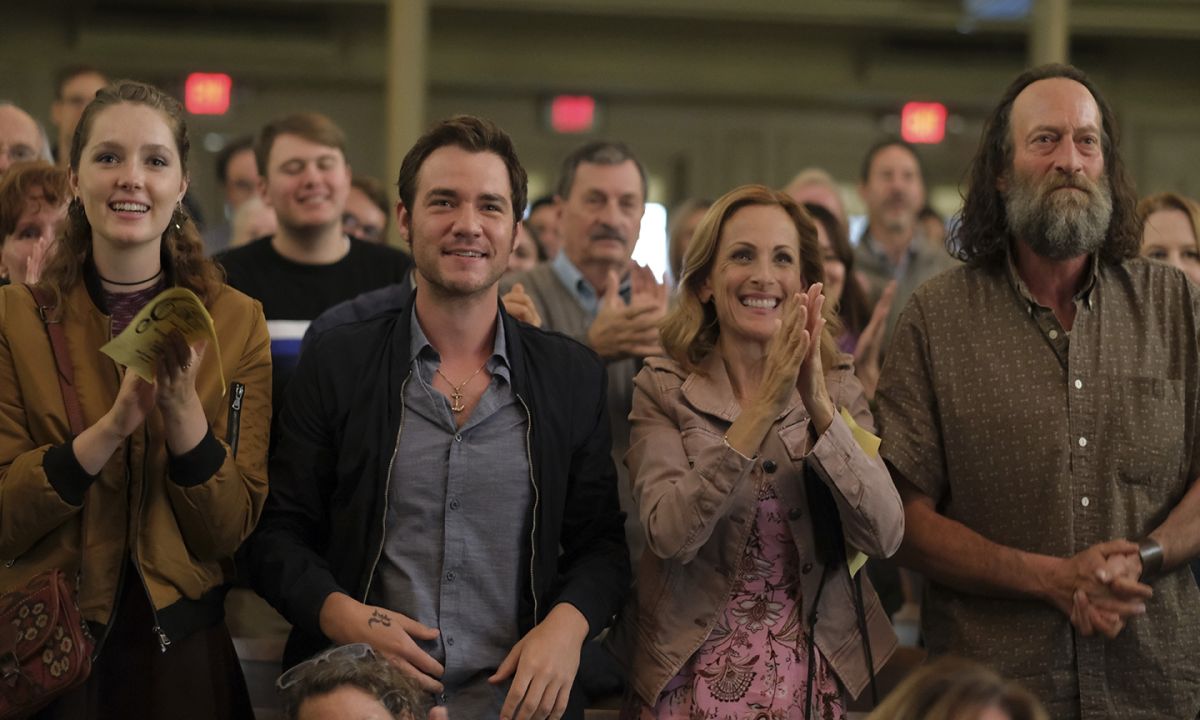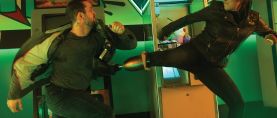
Bold Visions: CODA
Cinematographer Paula Huidobro, AMC in AC’s special focus on independent productions — Part III of III.
Cinematographer Paula Huidobro, AMC in AC’s special focus on independent productions — Part III of III.
Photos courtesy of Apple TV Plus
The central motifs in CODA — the ocean, song and silence — are introduced in the feature’s opening shots. Ruby Rossi (Emilia Jones), a child of deaf adults (aka “CODA”), works as a deckhand on her family’s commercial-fishing boat. As she sorts fish, she belts out a song, unheard by her deaf brother (Daniel Durant) and father (Troy Kotsur). The story that follows depicts Ruby’s struggle between loyalty to her family, who rely on her as their conduit to the hearing world, and her passion for singing, which threatens the family’s livelihood if she goes away to music school.
“It was important to do justice to the landscape because it’s quite gorgeous — the ocean and all those quarries.”
CODA — which won the Grand Jury Prize among other honors at the 2021 Sundance Film Festival, and premieres in theaters and on Apple TV Plus this month — is a remake of the French hit La Famille Bélier. In transposing the story, writer-director Siân Heder changed the family’s occupation from dairy farmers to fishers and set the story in Gloucester, Mass., where the Boston-born director spent her childhood summers. Gloucester set the look: gray seascapes and quarry swimming holes — and practical locations for the ramshackle Rossi home; the posh, ocean-view house owned by Ruby’s music teacher; and even the weathered faces of the Gloucester fishing community, who participated as extras.
“We wanted the look to be natural and organic, not imposed,” says Mexican cinematographer Paula Huidobro, AMC. “For me, it was important to do justice to the landscape because it’s quite gorgeous — the ocean and all those quarries. We wanted to show what it feels like when you’re actually there.”
That goal motivated the filmmakers’ decision to shoot 6K on a Sony Venice with Arri Signature Primes. “We were attracted to the resolution of the large format and the sharpness of the image without it appearing harsh,” Huidobro says. Plus, they wanted to get inside Ruby’s head as she discovers first love and her passion for music. “The Signature lenses are quite beautiful for portraits, with their depth of field and creamy look,” says the cinematographer, who would set the aperture to T2 or T2.8 to achieve a shallow depth of field for these shots.

CODA is Huidobro’s fourth project with Heder, and it brought new challenges to the longtime friends, who met as students at the American Film Institute. One of these challenges was shooting three miles at sea, as fishing regulations required. The production’s boat was an actual “dragger” with winch and net, and Heder wanted the visual impact of fish being dumped on deck from a huge net. “We didn’t have fake fish,” Huidobro says, “so we only had one chance to bring the net up and film it. Once the fish are dead, it doesn’t look real anymore.” Regarding the production’s shooting techniques at sea, she adds, “The space in the boat was very limited, so we decided to go handheld, which also helped with the immediacy and realness of the story. We had a crane on a speedboat to get the wider shots.”
Another unusual undertaking was designing shots for three deaf actors: Kotsur, Durant and Marlee Matlin, who portrays Ruby’s mother. “They have to see each other to communicate,” says Huidobro. “We had to frame them in a way that you can see their hands [as they sign].”
CODA also conveys the experience of being deaf. When Ruby and her crush, Miles, sing their duet at the school concert, the sound fades to silence, and the camera, fitted with longer lenses, adopts the deaf family’s point of view as they study the surrounding audience for clues: some nod along, some brush away tears and all enthusiastically applaud. “Something magical happens when Ruby’s family sees that — they’re able to relate to what the beauty of the music feels like,” Huidobro says. “Though they can’t hear it, they see their daughter flourishing.”

“We wanted the look to be natural and
organic, not imposed.”
The cinematographer has ample experience with independent production, with credits including Oh Lucy!, Shelter and The Wilde Wedding. The downside, she says, can be “lack of resources, maybe a less-experienced crew and fewer lights than you wish you had.” On the plus side — much like Two of Us cinematographer Aurélien Marra (read coverage here) — Huidobro points to creative freedom as a major benefit. “On this film, Siân and I had the freedom to do whatever we wanted, and she had a very clear vision of what that was.”
Tech Specs
2:1
Camera: Sony Venice
Lenses: Arri Signature Prime





